Menu
Menu

Gene fusions are key drivers in many myeloid malignancies. As our understanding of these complex events has evolved, so too have the technologies designed to detect them. This blog explores how SOPHiA DDM™ leverages advanced DNA-based workflows to enhance the efficiency of fusion detection, helping labs move faster from sample to insight.
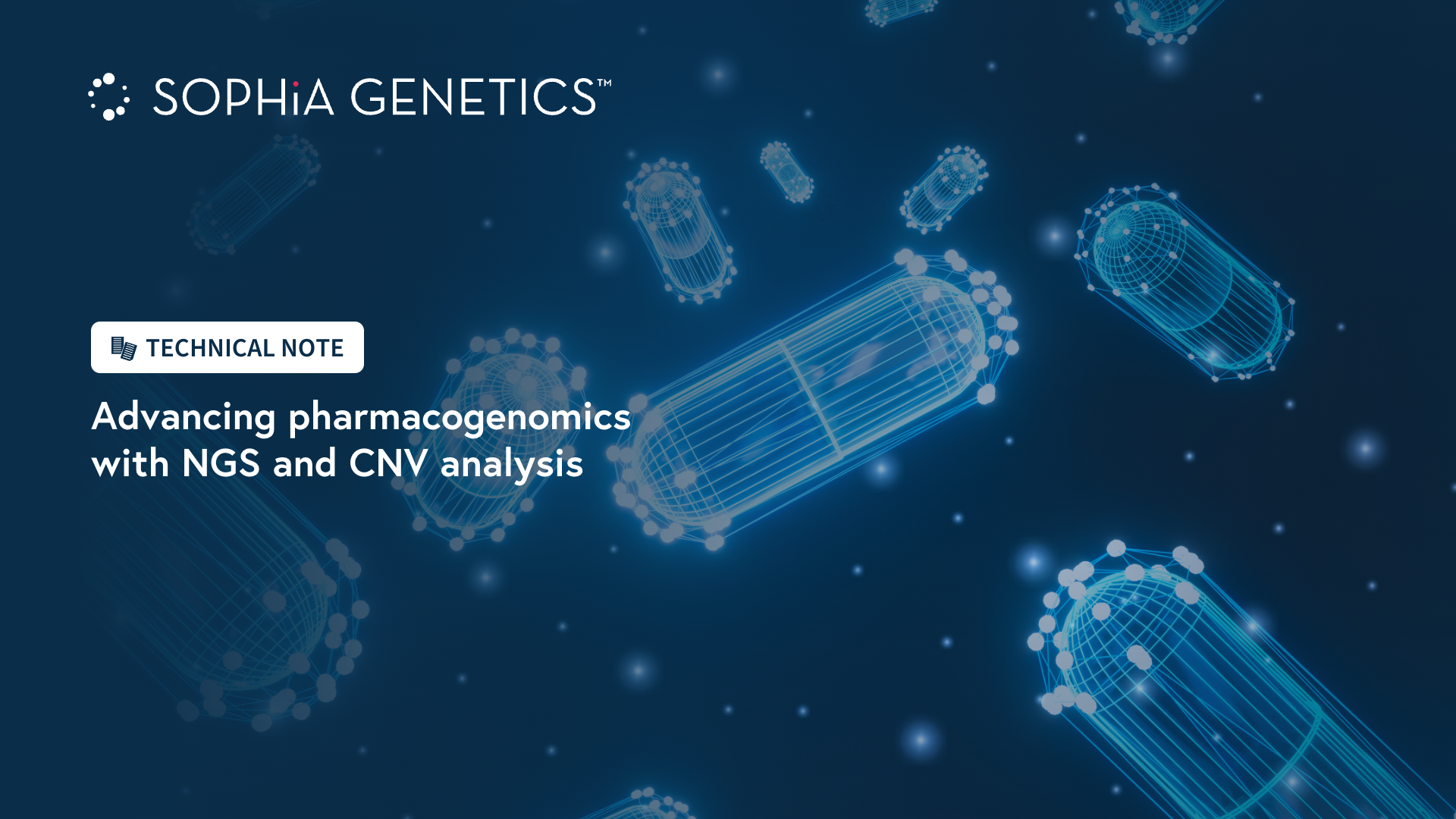
Routine pharmacogenomic (PGx) testing has significant potential to improve drug efficacy and safety.
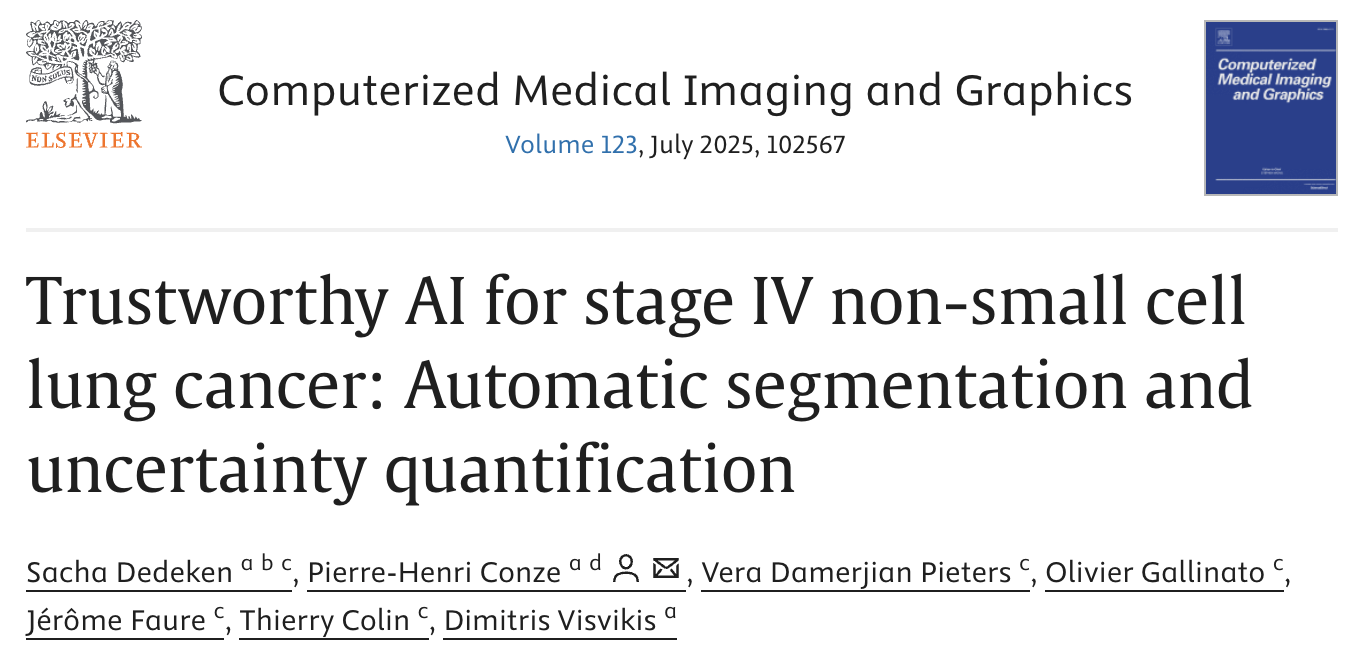
Dive into the groundbreaking efforts being made in academia to develop trustworthy AI algorithms that address challenges related to medical imaging analysis, including delineation, in stage IV non-small cell lung cancer (NSCLC) patients, a crucial step leading towards truly personalized medicine approaches.

In today’s fast-moving biopharma landscape, companies face increasing pressure to deliver the right treatment, to the right patient, at the right time and in the right sequence, faster and more efficiently. As our understanding of disease biology complexity grows and the need for targeted therapies further intensifies, legacy R&D models are increasingly strained in the quest to deliver timely and impactful innovations.
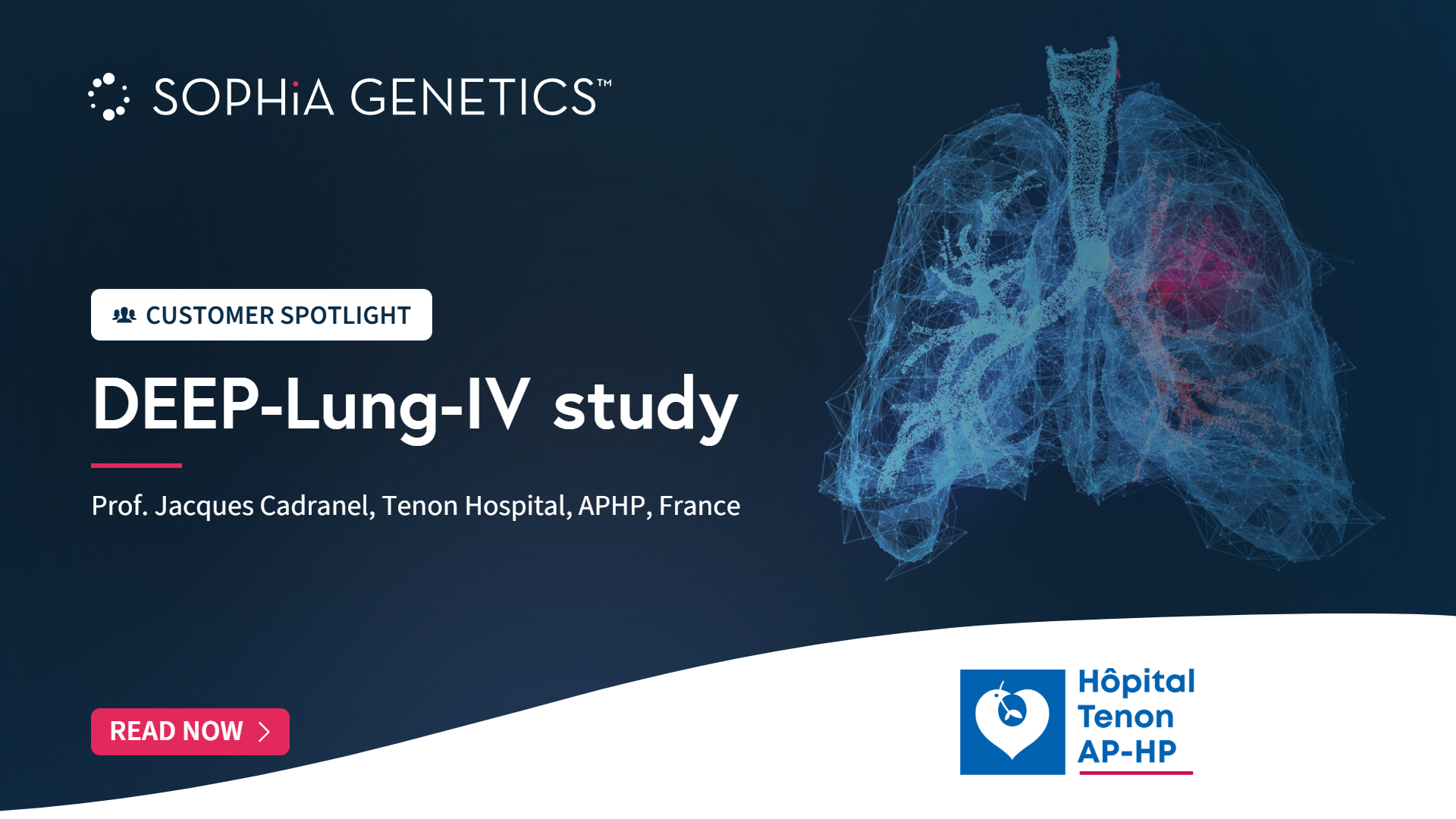
We sat down with Prof. Jacques Cadranel, International Coordinator of the DEEP-Lung-IV study and Head of the Pneumology Department at the Hospital Group University Hospitals of Eastern Paris, who shared his experience in this collaboration with SOPHiA GENETICS, and the importance of the integration of multimodal data in clinical practice to advance personalized medicine in lung cancer.

Discover how Bioma Genetics used SOPHiA DDM™ exome solutions to uncover hereditary breast cancer risk and impact early family management.

Discover how A.C. Camargo Cancer Center uses SOPHiA DDM™ to support genetic analysis in hereditary cancer, leading to personalized patient care strategies.
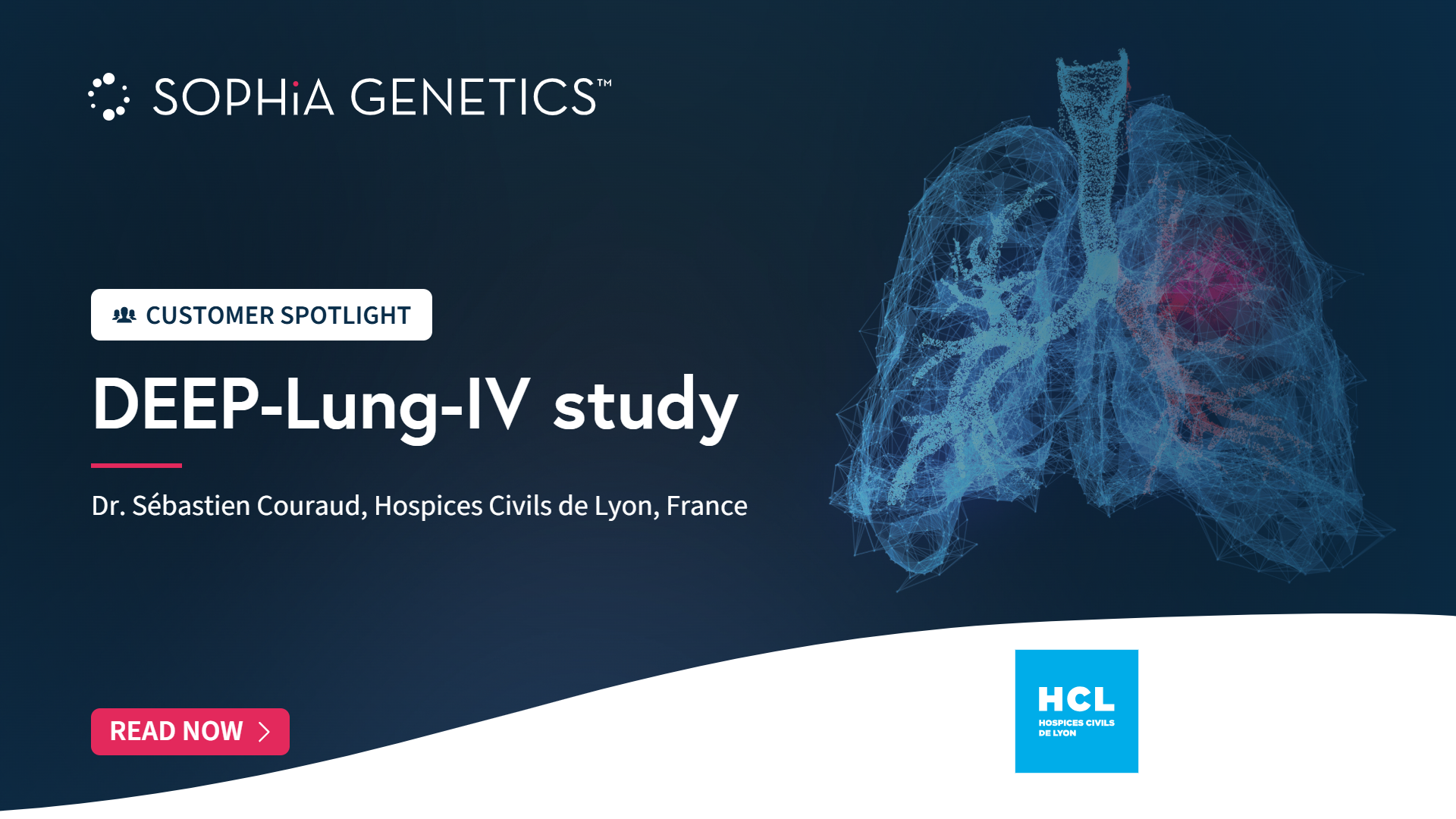
We met with Dr. Sébastien Couraud, DEEP-Lung-IV Scientific Committee member and Head of the Pulmonology and Thoracic Oncology Department at Hospices Civils de Lyon, to talk about his participation in SOPHiA GENETICS’s DEEP-Lung-IV study and reflect on the benefits of multimodal approaches to transform precision medicine and improve patient outcomes. Watch the spotlight: Hello Sébastien, […]
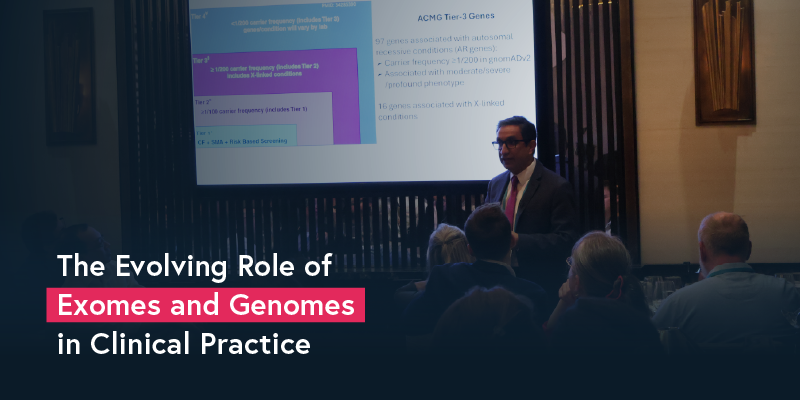
Discover expert insights on the evolving role of exome and genome sequencing in clinical diagnostics. Learn how virtual panels, reimbursement trends, and technical advancements are shaping genomic medicine.
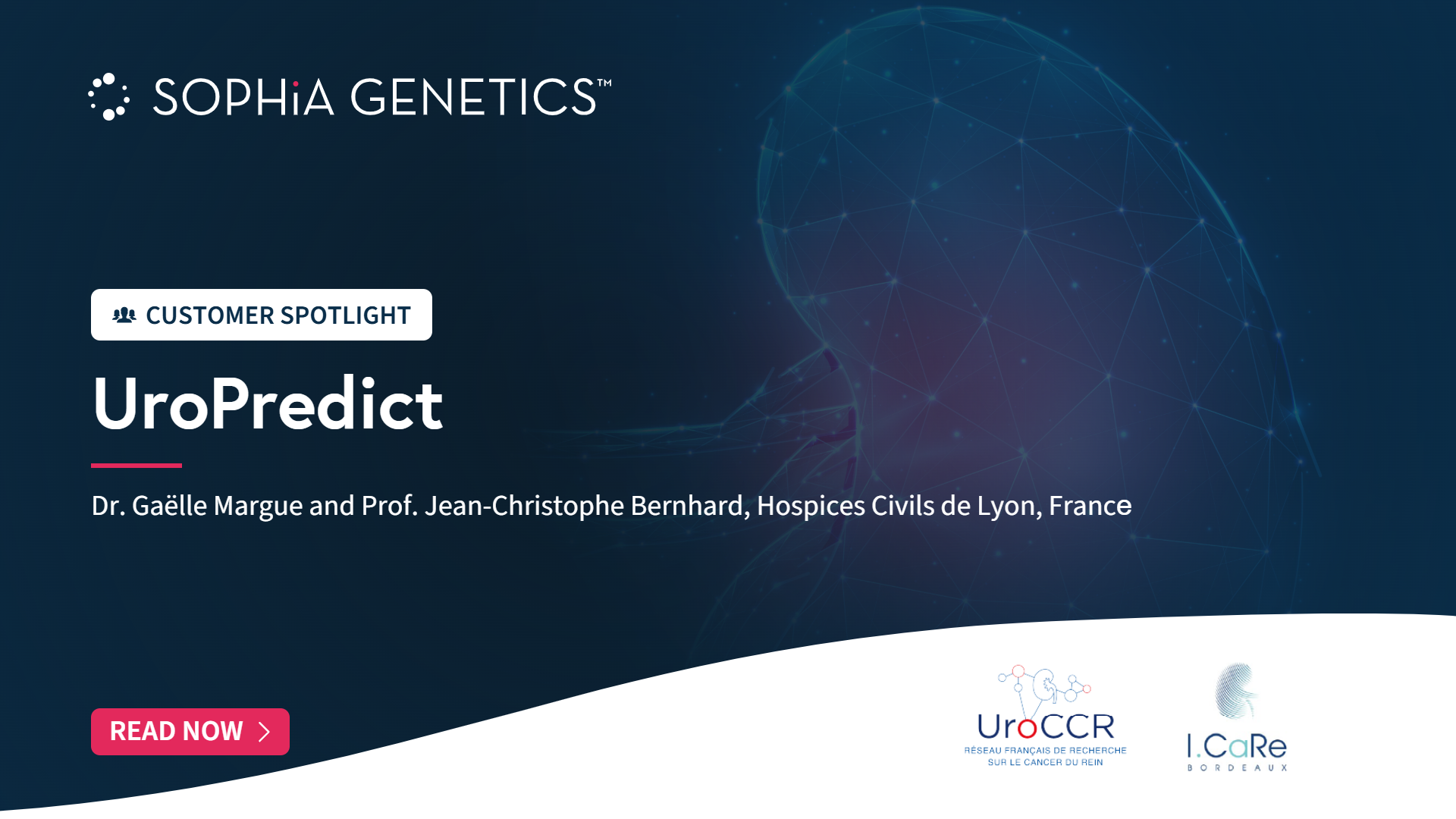
We sat down with Prof. Jean-Christophe Bernhard, UroCCR Coordinator, and Dr. Gaëlle Margue, Urology Fellow, at University Hospital Bordeaux, to discuss the collaboration between UroCCR – the French Kidney Cancer Research Network - and SOPHiA GENETICS, and get their insights on the use of AI-powered multimodal approaches to improve patient care.
SOPHiA GENETICS products are for Research Use Only and not for use in diagnostic procedures unless specified otherwise.
SOPHiA DDM™ Dx Hereditary Cancer Solution, SOPHiA DDM™ Dx RNAtarget Oncology Solution and SOPHiA DDM™ Dx Homologous Recombination Deficiency Solution are available as CE-IVD products for In Vitro Diagnostic Use in the European Economic Area (EEA), the United Kingdom and Switzerland. SOPHiA DDM™ Dx Myeloid Solution and SOPHiA DDM™ Dx Solid Tumor Solution are available as CE-IVD products for In Vitro Diagnostic Use in the EEA, the United Kingdom, Switzerland, and Israel. Information about products that may or may not be available in different countries and if applicable, may or may not have received approval or market clearance by a governmental regulatory body for different indications for use. Please contact us to obtain the appropriate product information for your country of residence.
All third-party trademarks listed by SOPHiA GENETICS remain the property of their respective owners. Unless specifically identified as such, SOPHiA GENETICS’ use of third-party trademarks does not indicate any relationship, sponsorship, or endorsement between SOPHiA GENETICS and the owners of these trademarks. Any references by SOPHiA GENETICS to third-party trademarks is to identify the corresponding third-party goods and/or services and shall be considered nominative fair use under the trademark law.